Zac Schultz:
A massive $18 million budget deficit at UW-Oshkosh is leading the administration to project laying off 20% or 1,100 employees. [Editors note: The figure of 1,100 employees is incorrect UW-Oshkosh officials have estimated the university will lay off about 200 employees.] The third largest UW system campus announced some layoffs and furloughs will begin this fall. To hear from the employee perspective, we are joined now by the Faculty Senate President Pascale Manning, an associate professor of English at UW-Oshkosh. Thanks for joining us.
Pascale Manning:
Thank you for having me.
Zac Schultz:
What impact will these cuts have on the university both in terms of quality of service and general morale?
Pascale Manning:
I think that the impacts have the potential to be catastrophic in our community. Of course they are going to have reverberations across the entire campus. From the classroom to every other corner of this, you know, hugely diverse organism that is our university. They are going to be felt in the wider community. You mentioned 20% of our workforce. But that just accounts for the layoffs. We have an additional projected approximately 100 voluntary retirements that are part of this loss that we are estimating in the coming months. So taken together, if we are looking at somewhere in the neighborhood of 300 people leaving our community, that is 30% of our workforce. It is hard to imagine what the university will look like, but it will look different.
Zac Schultz:
How much of this has to do with specifics of enrollment at any state school versus the bigger picture of state funding for the UW system?
Pascale Manning:
Yeah, that is a really good question. I think one of the things we have to appreciate is of course enrollment has gone down. But enrollment can’t be disentangled from state funding. So it is really important to bear in mind that the UW system is underfunded in comparison to other state systems. The University of Wisconsin System ranked 43rd nationally in per-student funding in 2021. In the last budget, Tony Evers proposed a $305 million increase for the University of Wisconsin System, but the legislature opted instead to cut the system’s budget by $32 million. So the things we are seeing in this moment, these crises that are not only going on at the University of Wisconsin-Oshkosh, but elsewhere in the system as well, these are part of a long-term trend where we can see the state system — or the state itself divesting in the university system.
Zac Schultz:
Now you mentioned the funding battle over the UW system’s budget with the legislature. Republican opposition to the UW systems started with the system’s commitment to diversity, equity and inclusion programming. Would you sacrifice DEI in exchange for more state funding? Would you consider that as an alternative that would be worth exploring?
Pascale Manning:
No, I don’t think that is possible. One of the things that the pandemic has laid bare is that our students need more support, not less support. They need to see themselves reflected in the people around them in their universities. They need to understand the relevancy of a university education to their life. And part of the programming that goes into that large bucket of diversity, equity and inclusion is — are programs and initiatives that face those very real needs. They’re national needs. They are international needs. DEI gets sort of branded in this really sort of simplified way by the legislature and elsewhere that doesn’t account for what students really need a university to be able to project to them.
Zac Schultz:
How close are we to the negative spiral of lack of funding, lower quality, the university can’t recruit good talent, enrollment drops further, leading to less funding and just repeating over and over?
Pascale Manning:
Well, yeah, the principal issue is one of investment. We need to see investment in university-level education, the UW system and you know, any other university system in order to see innovation that enables rises in enrollment. Innovation in programming. Reconceptions and reimaginings of educational structures. So these trends we have been seeing in the last 20-odd years are, you know, specific to Wisconsin but they are across the board. We are seeing in the U.S. these kinds of systematic dis-investment. In Wisconsin alone we have gone from a situation in the year 2000 where state and local funding was 6.4% above the national average. Then if we dial over to 2019, we find that state and local funding has fallen by 16.5% below the national average. Per-student funding is continuing to fall rapidly. So this hampers university’s abilities to diversify and to respond to the problem. In addition to all this until March of last year, we were ten years into a tuition freeze. So not only were we seeing systematic disinvestment, but we were prevented from setting our own costs.
Zac Schultz:
All right. We will have to leave it there. There is more to talk about as this keeps going on. Pascal Manning at UW-Oshkosh, thanks for your time today.
Pascale Manning:
Thank you.
Search Episodes
News Stories from PBS Wisconsin
10/31/25
Evers signs bill that would allow certain candidates to remove their names from ballots in Wisconsin

Donate to sign up. Activate and sign in to Passport. It's that easy to help PBS Wisconsin serve your community through media that educates, inspires, and entertains.
Make your membership gift today
Only for new users: Activate Passport using your code or email address
Already a member?
Look up my account
Need some help? Go to FAQ or visit PBS Passport Help
Need help accessing PBS Wisconsin anywhere?

Online Access | Platform & Device Access | Cable or Satellite Access | Over-The-Air Access
Visit Access Guide
Need help accessing PBS Wisconsin anywhere?

Visit Our
Live TV Access Guide
Online AccessPlatform & Device Access
Cable or Satellite Access
Over-The-Air Access
Visit Access Guide
 Passport
Passport


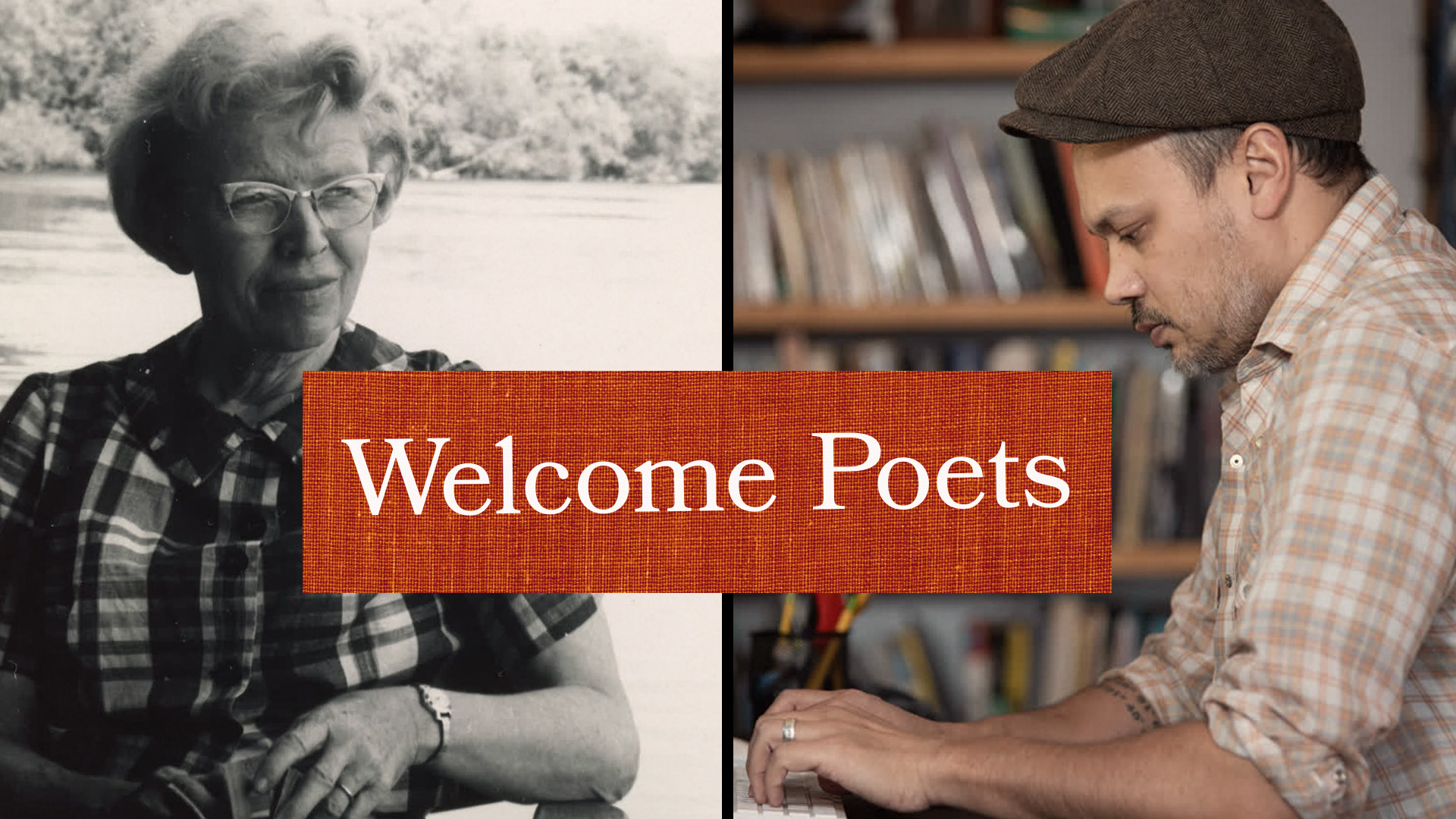
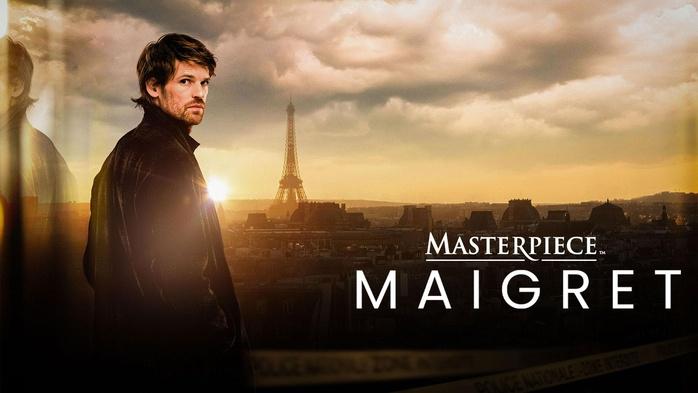

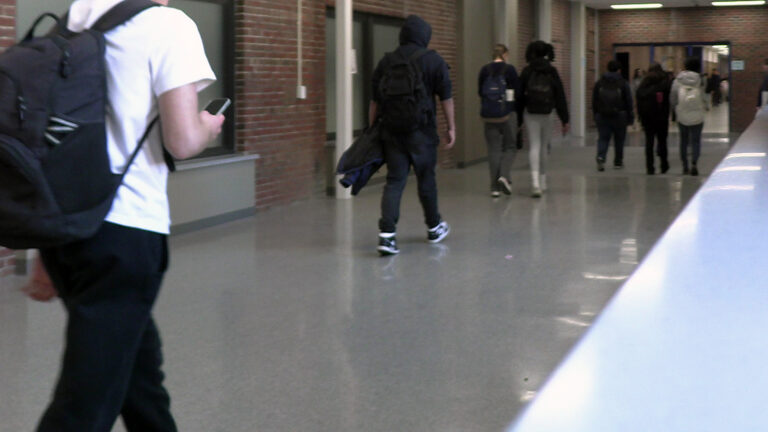
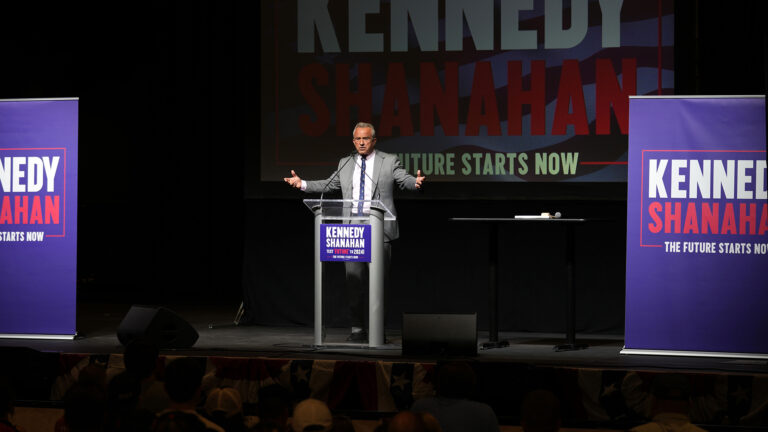
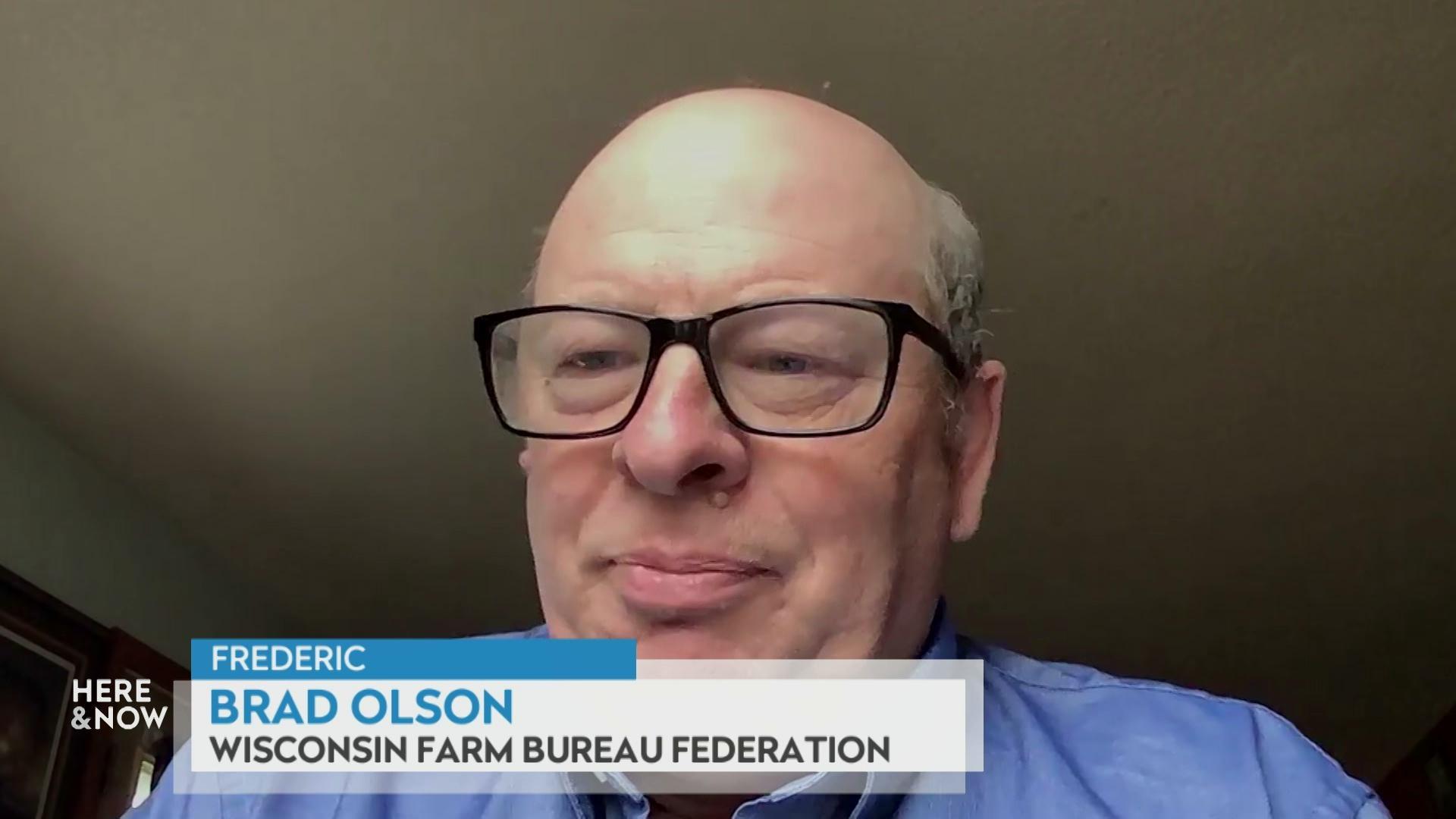
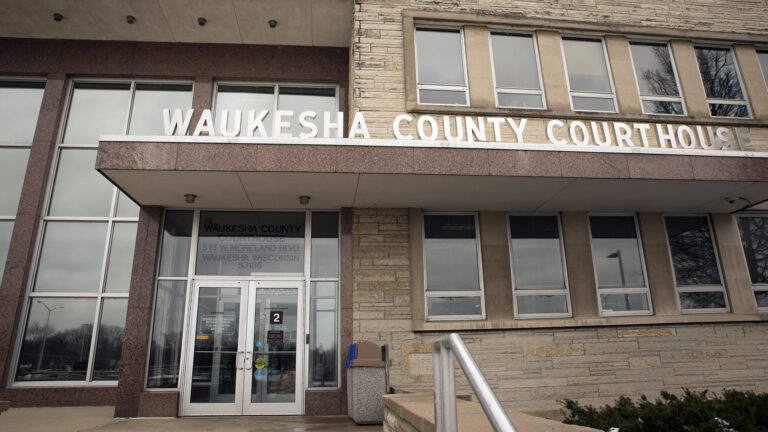
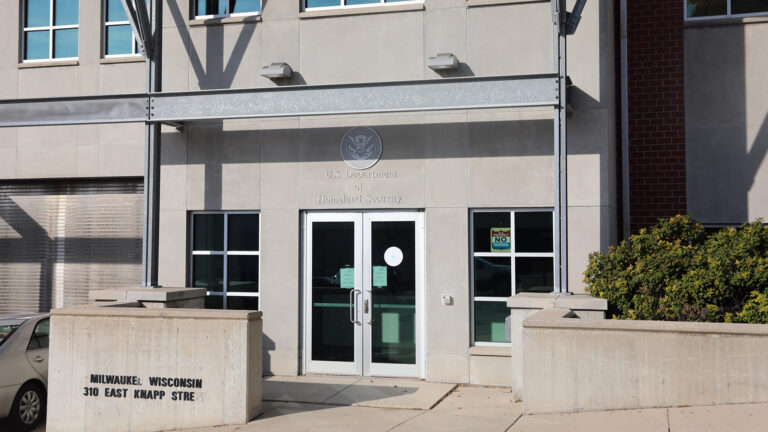


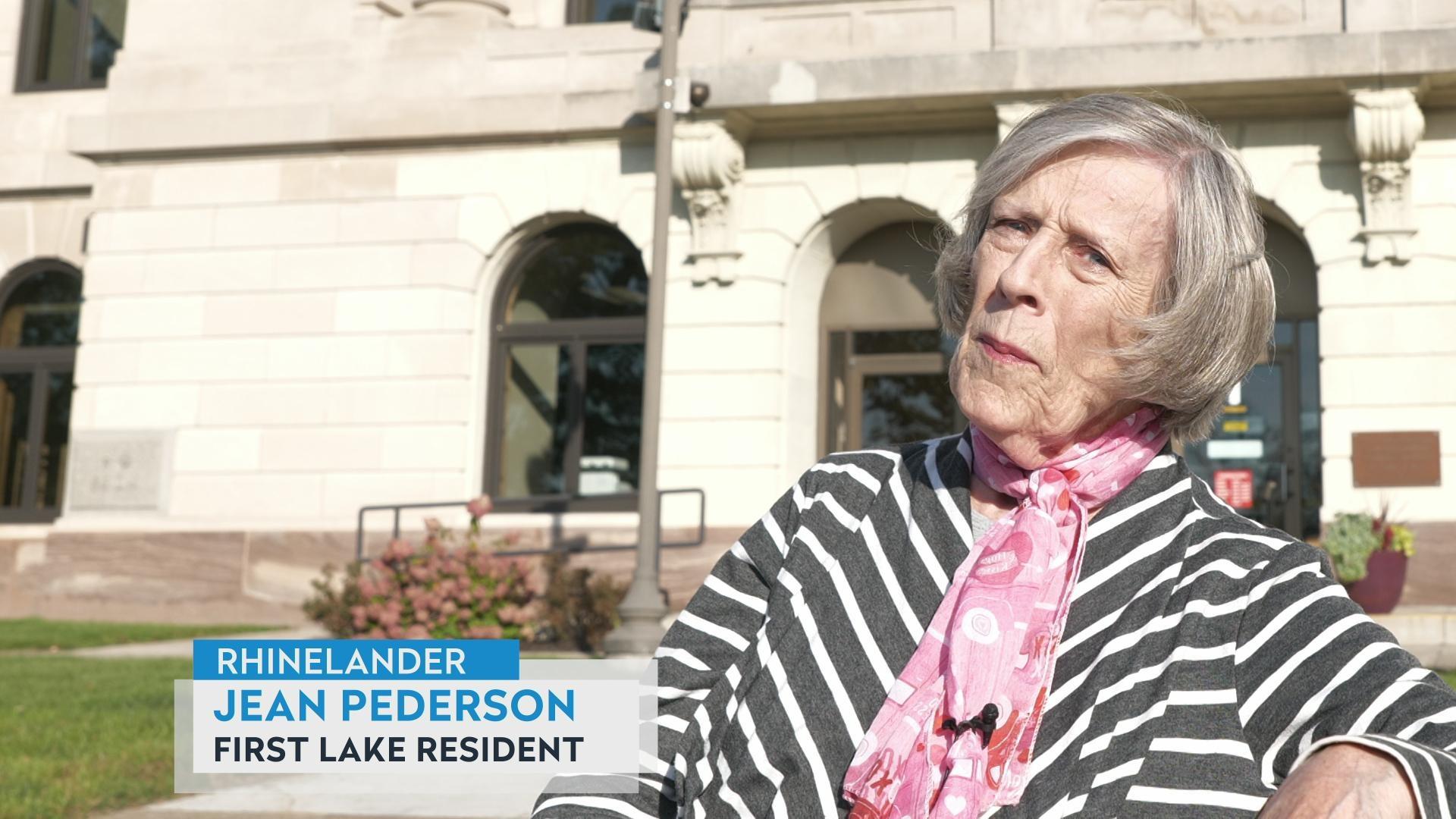

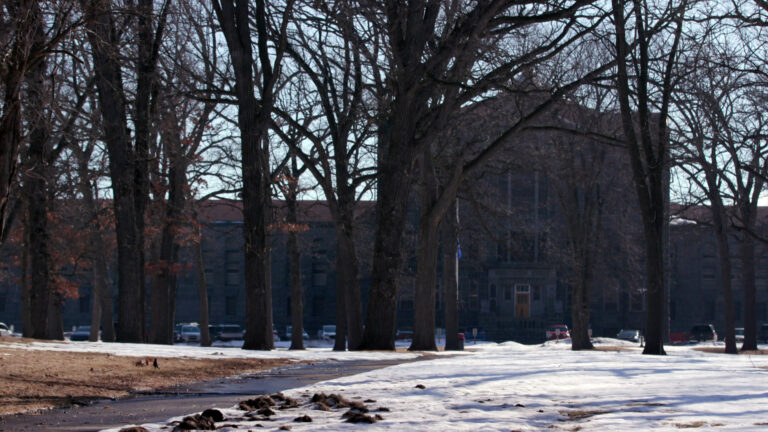

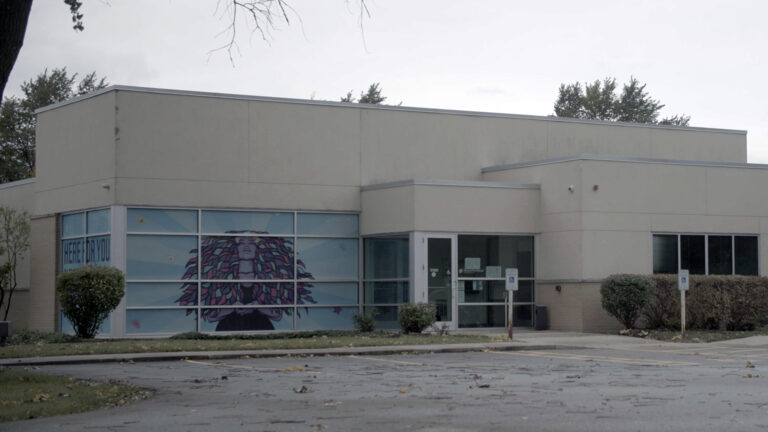

Follow Us